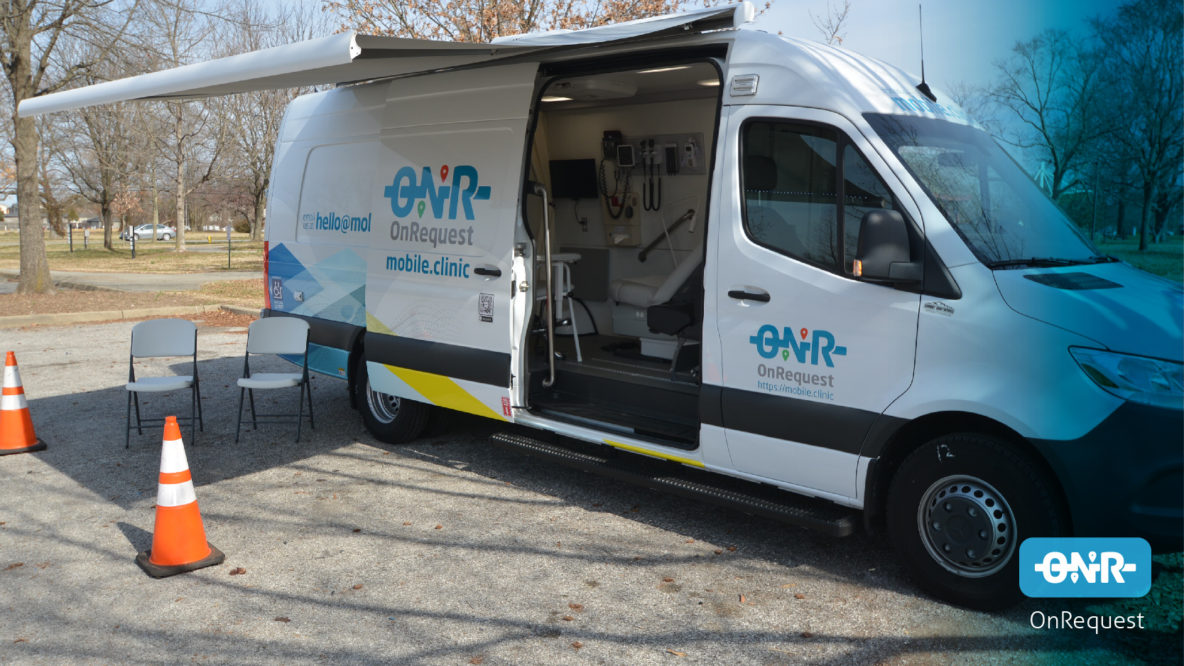There is no better way to improve healthcare impacts for patients than by being an active, intentional community partner. In recognizing what people have now come to expect from health services, both as patients and providers, there are opportunities to reconnect with our communities for healthier outcomes. It takes a unified approach to meet these growing expectations, and leveraging the flexibility of mobile clinics is a great way to start.
With the resurgence of mobile-based outreach, healthcare has reacted not only to the immediate needs of patients, but also to the fundamental shift in the delivery of care. Whether through pop-up clinics in communities or via fully-equipped mobile units with wifi-enabled tools onboard, the benefits and convenience to patients and providers are where mobile truly excels. Patients feel more at ease, more supported, and more connected – regardless of their individual situations or conditions. Providers broaden their footprint by being ‘in the neighborhood’ – in the very literal sense of the words.
Mobile clinics are highly versatile, capable of providing care across the spectrum of patient populations – and in hard-to-reach locations. Through this flexible approach, we can offer more opportunities for care – in underserved and marginalized communities – to maintain a consistent presence through recurring visit schedules. Connecting at ground level has been (and will continue to be) the trend for mobile clinic care delivery.
With data collected from 811 mobile clinics over a 10 year span in 2017, 291 reported their impacts across the following demographics:
- 56% Uninsured, 55% Low Income, 38% Homeless, 36% Rural, 18% Veterans, 17% Migrants, 14% Minorities, 14% Schools, 14% Public Housing, 13% LGBTQ, 13% Employee Wellness, and 21% Other populations. (Clinics may select more than one option)
Through adaptive and cost-effective use of mobile clinics, health systems also benefit financially through cost-of-care savings:
- Systems have a national average return of every $1 spent, $12 are saved in healthcare.
- Patients save on average $200 on emergency room costs per visit.
- Patients save on average $1,600 in preventative care costs per visit.
The world has shifted. The people-centered solution of mobile-based care remains a key component to the healthcare delivery equation, and health systems are uniquely positioned to exceed these new patient needs and expectations. Adopting mobile clinic strategies can fundamentally improve relationships and rebuild trust within our communities.
Mobile clinics – in each community they serve – can open new doors to better health, quality of life, and overall connection between patients and their providers.
Sources:


